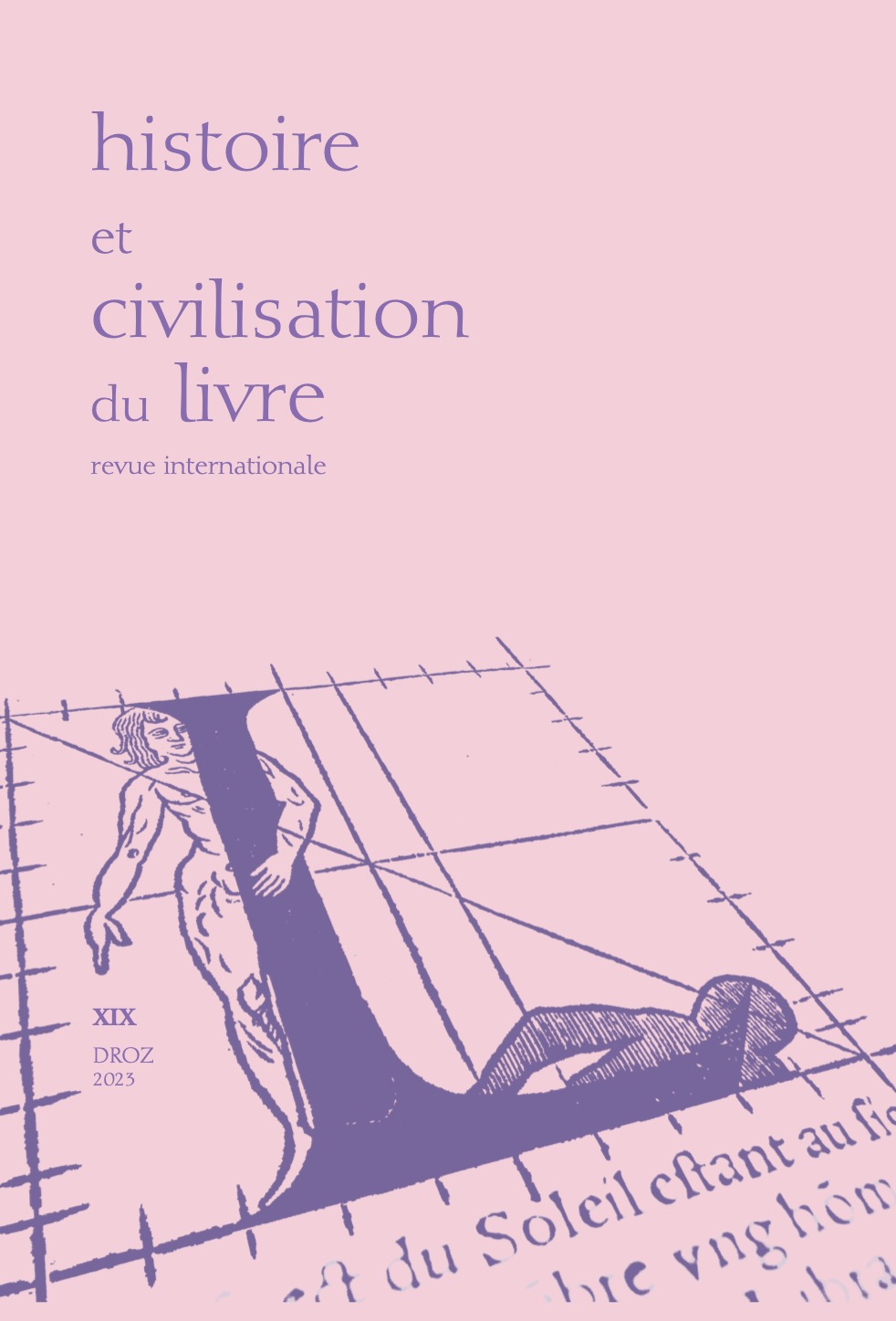La féminisation de l’édition littéraire illustrée pendant l’entre-deux-guerres
Une approche socio-esthétique
Abstract
Illustrated literary publishing was a major cultural activity of the French interwar period. This article examines, with a dual historical and socio-aesthetic approach, the modalities and limits of the feminization of this publishing sector. The emergence of women, illustrators or publishers, in creative functions within this activity is limited, as, still at that time, in painting or sculpture. This observation is better understood, if not explained, by resorting to a Bourdieusian analysis of the field of illustrated literary publishing highlighting a concentration of women creators in a relatively small region of the structure of this field, the only one in which the various forms of male opposition have allowed them to express themselves and in this case to play a key role. The careers of the main women illustrators, such as Mariette Lydis or Marie Laurencin, and publishers, such as Jeanne Bucher or Elvire Choureau, are briefly described during this analysis. The existence of a women’s illustrated book at this time is also the subject, in the same heuristic framework, of a critical evaluation. An opening, finally, towards a gendered approach of the literary publishing as a whole is proposed for the interwar period.

